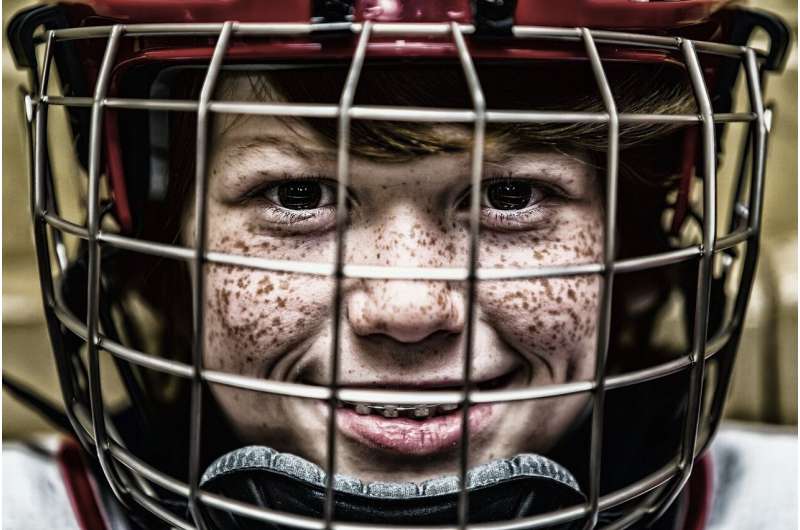Violence prevention can transform Canadian hockey culture—but only if implemented properly

The in connection with an alleged sexual assault has thrust .
A woman , alleging she had been sexually assaulted in a hotel room by , some of whom were members of the 2018 world junior team.
, the woman accused Hockey Canada of failing to address systemic abuse in its organization and of fostering a "culture and environment that glorified the degradation and sexual exploitation of young women."
Police dropped the investigation in 2019, but reopened it in 2022, leading to and the recent charges.
Hockey Canada also faced criticism in May 2022 when news broke that it had paid out (excluding an undisclosed settlement in a $3.5 million lawsuit for the alleged 2018 assault).
While coverage of this case continues to raise important questions about the systemic failures within Hockey Canada, many have been left wondering what can be done to prevent gender-based and sexual violence in the future.
As a public educator and researcher who has worked with men and boys in violence prevention for eight years, I urge us to invest in programs with proven effectiveness to reduce rates of abuse and harassment in sport.
Hockey Canada lacks accountability
Hockey Canada's response to the scandal has been largely reactive, which is typical of institutions when they are faced with mounting public pressure.
But, as , their plans lack transparency, accountability and foresight in preventing violence. In November 2023, Hockey Canada said to the public.
They did, however, say they have taken , including implementing a mandatory screening process, adopting a code of conduct, a third-party complaint process and . Whether these measures will be effective still remains uncertain.
The spectrum of violence
This Hockey Canada issue is not isolated; there have been many in professional and competitive sports, including claims of hazing, harassment and sexual violence all the way down to the .
doesn't occur in a vacuum; it thrives in environments that facilitate it—particularly the that is predicated on sexism, racism and homophobia.
Research indicates that are aware of hazing rituals within their teams. One in five have heard sexist, racist or homophobic language within their organizations or at competitions.
These practices often go unchallenged because coaches either feel ill-equipped to address them or they share the belief that hazing is merely a or team building.
However, we know that hazing can have on health, well-being and overall participation in sport.
Hazing rituals can sometimes . Practices like hazing also where misogyny, homophobia and racism can outside the locker room.
Efforts to address these issues commonly rely on framing it as a problem caused by a few "bad apples." However, this approach overlooks the normalization of these practices and the bystander behaviors that allow it to continue unabated.
Violence prevention programs
In my experience running gender-based violence prevention programs with young male athletes, many initially balk at violence prevention programs as they are seen as vilifying boys and men.
However, research indicates that have some of the most positive impacts in , and .
These programs are particularly effective when they are , focus on and take place in .
These findings contradict current models of violence prevention in professional or competitive sport, such as the , which is a two-hour workshop for new players on sexual violence.
Addressing violence in sport
To meaningfully address violence in sport, instead of being treated like a mere checkbox.
An example of such a program is , a program created by that has been .
Coaching Boys Into Men equips coaches to have fifteen-minute weekly conversations for three months with their adolescent boys' teams about consent, healthy relationships and challenging harmful behavior.
Those who complete the program are and are if they see harm happening.
Rather than viewing violence prevention as a blame game, we should see it as an inherently hopeful endeavor that focuses on the humanity and wellness of our athletes and communities. Investing in violence prevention that is evidence-based and sustainable is the key to ensuring that this violence stops.
Provided by The Conversation
This article is republished from under a Creative Commons license. Read the .![]()



















